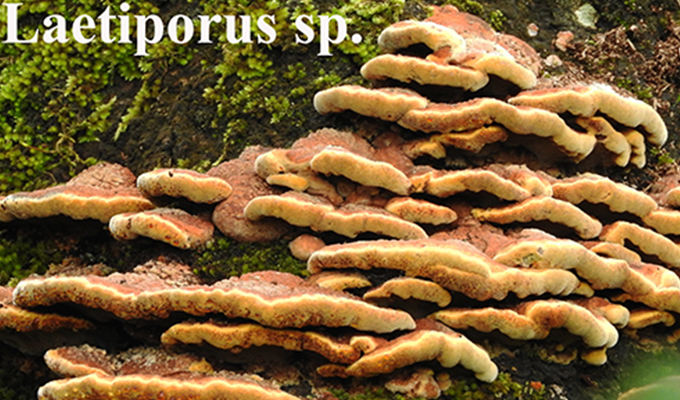Germplasm Bank of Coastal Mushrooms

Mushrooms are a fascinating group of fungi and have been used throughout the world as both food and medicine for thousands of years. Several bioactive compounds of mushrooms show potential antioxidant, antimicrobial, anticancer and anti-inflammatory abilities. Of the 1500 species reported from India so far, interestingly, ~900 species including several new species in 133 genera were reported from the Western Ghats alone. Mushrooms are rich in proteins, fibers, less in fats and good source of vitamins B and D. Furthermore, they provide important minerals such as selenium, copper and potassium. They are a prolific resource for drugs but very few studies have been carried out on pharmaceutical and neutraceutical potential of edible and medicinally valued mushrooms, moreover, very few mushrooms have been exploited for their food and medicinal potential. There are several mushrooms with possible benefits to mankind that are yet to be commercially cultivated and conserved.
Under the project TERI will carry out work related to prospecting of fungi for industrial projects. The project also includes carrying out detailed morphological and biochemical characterization of selected species comprising of both edible and non-edible mushrooms and assess the neutraceutical and medicinal properties.
Currently, a digital library on mushrooms of coastal regions of Maharashtra thus has been prepared. Out of 61 species, 41 species were analysed for their neutraceutical and pharmaceutical potential.

